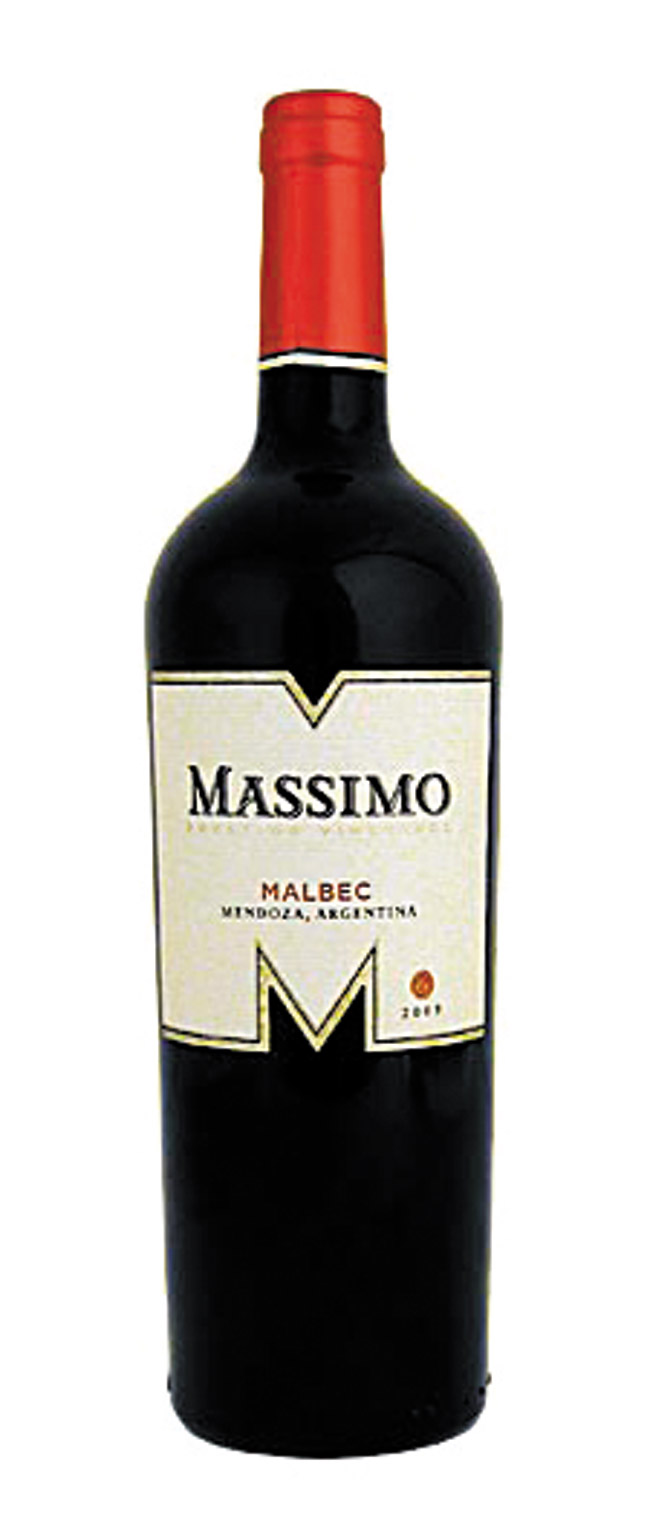Vintners Know Which Way The Wind Blows
Here in Hawaii, we can always tell which way the wind is blowing. We love the trade winds and we complain when they die down because it gets hot and humid, the ocean stays flat and we even get some vog from Hawaii island.
The wind plays an even more important role in the production of fine wines in two of the classic wine growing regions of the world.
Growing grapes can be like making a good reduction sauce. If you turn up the heat too much, you can burn it and lose some of the flavor and complexity. If the heat is too low, nothing will happen. Same for grapes: If the climate is too hot, the grapes will have a lot of sugar, but will lose their acidity quickly and suffer for it in terms of balance. Hot climates also are prone to shriveled and dried grapes, which result in jammy and overripe flavors that many winemakers avoid. If the climate is too cold, there will be the converse: not enough sugar, and high acids that may make the wine too acrid to be drinkable.
So most vine growers like a long growing season with enough heat and sun for optimum ripeness but counterbalanced with refreshing acidity.
This is where the wind comes into play. Take Santa Rita Hills American Viticultural Area (AVA) in Santa Barbara County. This is one of the areas where the mountain ranges go east to west, so there is nothing to block the cold wind of Humboldt Current that originates as far north as Alaska to blow through the valley, mitigating the hot days the area enjoys.
Many people hardly can believe that this is actually the coldest AVA in California. But this dynamic struggle between warmth and sunlight, and the cold wind that blows in from the Pacific Ocean, is what creates the climate ideal for growing grapes in this region. Just look at some of the top producers of the area: Brewer-Clifton, Melville, Tyler, Sandhi, and the list goes on. These wines never lack ripeness, but they always have a defined backbone of acidity that allows them to be age-worthy and more refreshing.
Another region that relies on a similar phenomenon is Southern Rhone Valley in France. This area is hot, with daytime temperatures easily reaching three digits in the summer. And yet it is home to some of the finest Grenache-based wines in the universe. This is in part because of the Mistral wind. This wind is the result of warm air building during the day in the South of France. As night falls, that air continues to rise, pulling the cold air from the center of France through the Northern Rhone River Valley, which is thin and long. It functions the same way a barrel of a shotgun would, funneling all this cold wind until it is released on the widening area of the Southern Rhone Valley. Grenache grapes easily can climb in sugar content and give a wine that is more than 15 percent alcohol, so without the balancing of acidity, these wines would be blowsy and jelly-like, and clumsy to drink. But thanks to le Mistral wind, the best wines from the area can age marvelously for decades: Vieux Telegraphe, Chateau de Beaucastel, Domaine du Pegau, Pierre Usseglio, Les Cailloux, Les Pallieres, Sang des Cailloux and more.
The wind in these two regions cannot be understated. Believe me, they are very cold winds. I have stood in vineyards at both of these areas being pummeled by these winds. As a local boy from Hawaii, I was chilled to the bone.
Recommendations: 2011 Massimo Malbec ($10) — Wow, this might be the best-value red wine I’ve tasted this year. For 10 bucks you get this plump, juicy and explosive red. I like it because it is not trying to be a blockbuster with too-heavy tannin; it is rather smooth. You can find this at Tamura’s Fine Wines. NV Roederer Estate Brut ($22) — I hadn’t tasted this wine in quite some time, but tasting the new release made me realize that I needed to taste it more often! It has great fruit, texture and persistence. It is a luxurious sparkling wine without a luxury price tag. It can be found at almost any fine wine retailer: Fujioka’s, Tamura’s, Foodland and Safeway.
Roberto Viernes is a master sommelier.
rviernes@southernwine.com
Twitter: @Pinotpusher






